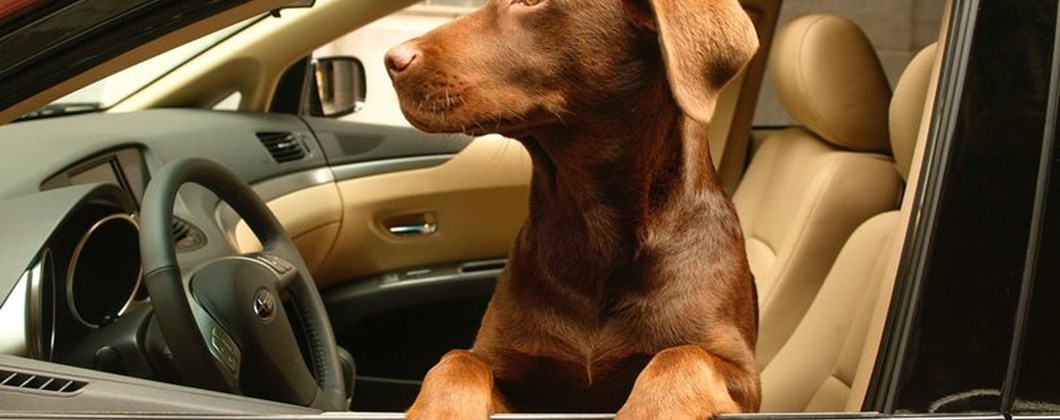
How driving with pets in your car could cost you £5,000 and invalidate your insurance
Rule 57: The Highway Code
The highway code states that animals should be “suitably restrained” so that they ‘cannot distract you while you are driving’.
When in a vehicle make sure dogs or other animals are suitably restrained so they cannot distract you while you are driving or injure you, or themselves, if you stop quickly. A seat belt harness, pet carrier, dog cage or dog guard are ways of restraining animals in cars. Amanda Stretton, Motoring Editor at Confused.com, said: “Many drivers will be joined by four-legged companions as they set off on trips across the UK. “But drivers must restrain their dogs properly, or they could receive fines up to £5000. “Driving with an unrestrained pet can also invalidate your car insurance, meaning having to personally pay out for repairs in the event of a claim.”
Dog crates
If you have room in your car boot for a dog crate, this can be the best way to transport your dog. But do make sure the crate is big enough and that the dog is able to stand up, sit down at full height and turn around – otherwise your pet will feel cramped. If your boot is full of junk then investing in a safety harness is an excellent alternative. You should be able to find these at your local pet shop. They comes in various sizes for different breeds of dog, attach around the dog’s chest, and the lead attachment can be looped through the seat belt.
Long-distance drives
If you’re going on a long trip with your dog, then exercise them well before you set off. If they’re tired, they’re more likely to sleep on the journey. Bring plenty of water, and you should stop every few hours when travelling with your dog. They’ll need to stretch their legs, drink water and relieve themselves. Don’t forget the necessary bags to tidy up after them.
Driver distraction
Many drivers have found themselves in tricky situations if they haven’t properly restrained their pets. Confused.com research shows several drivers telling stories of dogs jumping out of windows or climbing to the front of the car. This car be a huge distraction for the driver and can lead to accidents. Not buckling up your pet correctly is a breach of the Highway Code. This states that drivers should suitably restrain any animal while driving, to keep both the pet and the driver safe.
Nervous dogs
If your dog hates going in the car – or gets carsick – then driving as smoothly as possible may improve matters. Another useful tactic is to get your dog used to seeing the car as a place where good things happen. Give them a food treat as a reward for getting into the car, or travel a short distance and then play their favourite game. If the problem persists then see your vet to talk about possible options. This might involve training techniques, calming supplements or a dog appeasing pheromone (DAP) collar, which releases synthetic hormones that can temporarily calm your dog.
Never leave your dog in a hot car
Most of us know that you shouldn’t leave your dog in the car on a warm day. But the RSPCA are still called out to help thousands of dogs a year that are trapped in parked cars. According to the RSPCA, if it’s 22 degrees outside it can reach up to 47 degrees in a car within the hour. Even in winter we can have days with unseasonal high temperatures, which make the car stuffy and uncomfortable for your pet. Nipping into a motorway service station can take longer than you think and cause huge discomfort and danger to your pet. Dogs can die of heatstroke within 15 minutes. If it’s a cold day and you’ll only be gone for a short time, park in the shade. Leave a non-spill travel bowl of water, lowering the windows slightly, and use a sun windshield similar to the ones that are used for children. But remember it’s always best to be on the safe side, and prepare well if you’re travelling with your dog.
